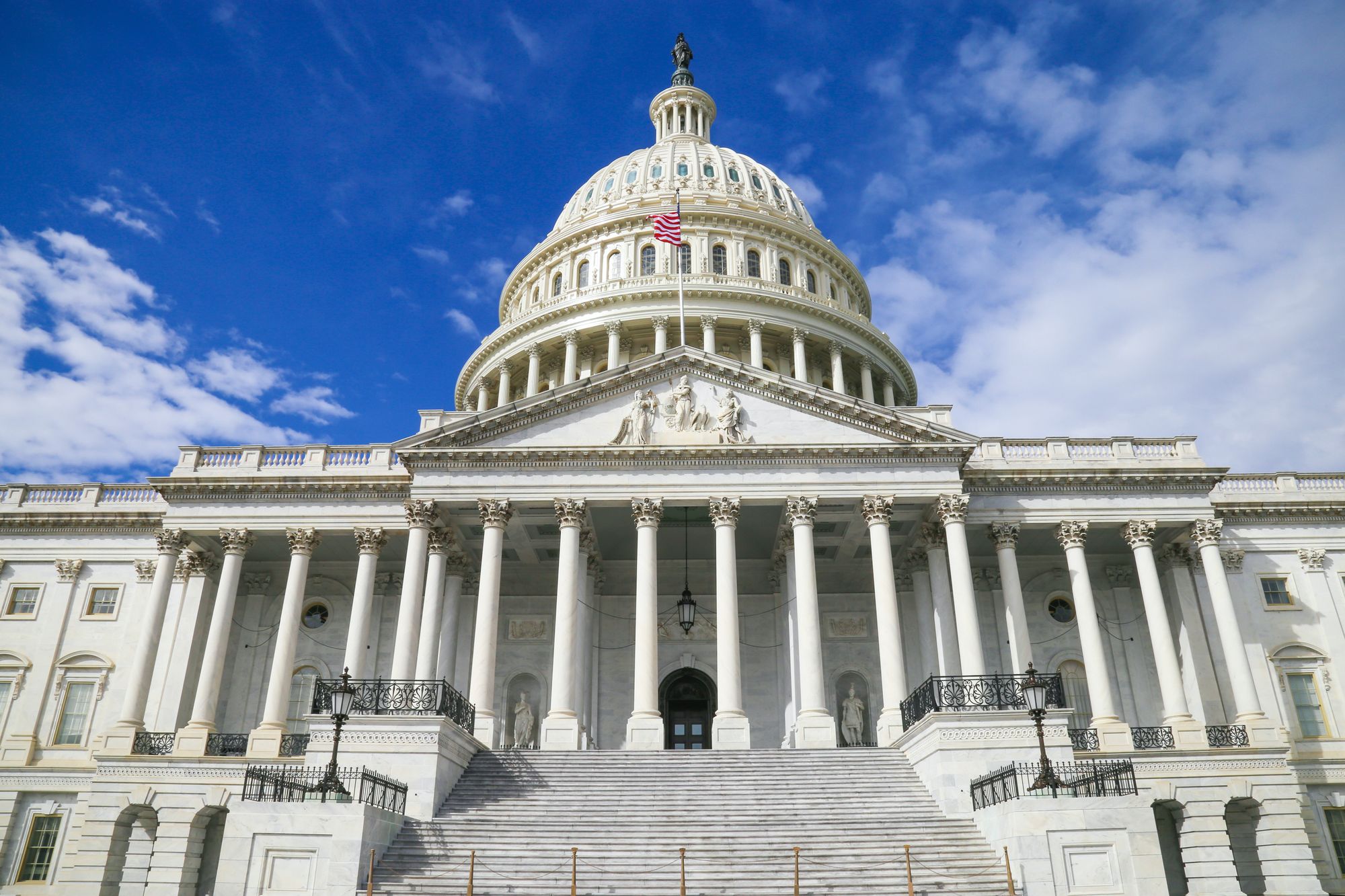How labor unions operate largely rests on laws that are older than most Americans.
Legislation following the Fair Standards Act of 1938 — including, but especially, the Taft-Hartley Act — restricted labor union power in the U.S. But, recent efforts over the past two years seek to upend the antiquated laws.
Enter, the Protecting the Right to Organize (PRO) Act. Below, we break down exactly what the PRO Act seeks to do, who supports the bill, and where it goes from here.

A recent (and brief) history of labor laws
If there’s one thing that binds together all of U.S. labor law, it’s that it’s complicated.
Minimum wage, family and sick leave, scheduling and overtime provisions, and much more are all left up to the federal and state governments, courts and National Labor Relations Board (NLRB) to decide. (There’s an overwhelming divide between these policies when you compare North and South states.)
More than half of U.S. states currently have “right to work” laws on the books, which prevent unions from requiring dues from non-union members who receive benefits as a result of collective bargaining (more on that under the PRO Act below). In January 2018, the Supreme Court ruled that non-consenting public sector employees do not have to pay union dues because it violated their rights under the First Amendment.
What’s in the PRO Act?
The PRO Act “expands various labor protections related to employees' rights to organize and collectively bargain in the workplace,” according to the current text of the bill.
Among other things, the bill aims to:
- Broaden the scope of those covered by the fair labor standards.
- Allow labor organizations to encourage participation in “secondary strikes” (and prohibit employers from bringing claims against these labor organizations).
- Allow labor unions to collect dues from those who don't currently benefit from union activities, but who will from collective bargaining agreements.
- Prohibit employers from leveraging a worker’s immigration status against them when deciding the terms of their employment.
- Prohibit employers from retaliating against a worker who participates in protected activities, like whistleblowing.
- Prohibit company-sponsored mandatory meetings and the casting of ballots on company grounds during a union organizing election.
Who supports it?
Many unions and political leaders have thrown their support behind the bill.
“The PRO Act would protect and empower workers to exercise our freedom to organize a bargain," Richard Trumka, the president of the AFL-CIO, told NPR in a recent interview. "It's a game changer. If you really want to correct inequality in this country — wages and wealth inequality, opportunity and inequality of power — passing the PRO Act is absolutely essential to doing that."
The Economic Policy Institute, along with the AFL-CIO, American Federation of State, County and Municipal Employees, American Federation of Teachers, CWA, International Brotherhood of Teamsters, United Steelworkers, and several dozen other unions and groups, wrote a letter in support of the PRO Act.
The CWA created a petition and is collecting signatures, as has the United Steelworkers. Rallies, especially on International Workers Day on May 1, called on the government to pass the bill.
And, according to Politico, the International Union of Painters and Allied Trades and other labor groups told the Democratic Senatorial Campaign Committee that, if Democratic lawmakers did not back the passage of the PRO Act, they would not back them in upcoming races.
Who’s against it?
Most Republicans. Though the bill notched the support of some House Republicans, most Senate Republicans do not seem likely to endorse the PRO Act, though some have supported workers’ rights in recent times.
Two large lobbying and trade groups, the U.S. Chamber of Commerce and the National Retail Federation, have also signaled their opposition to the bill.
What’s next for the PRO Act?
Last February, the House passed a version of the bill, but it was not taken up by the Senate.
Since the 2020 election, the push for passage has seen greater momentum. On March 9, 2021, the PRO Act made it out of the House mostly along party lines, though five Republicans joined the Democratic majority. Two days later, on March 11, the bill was received in the Senate and referred to the Committee on Health, Education, Labor, and Pensions.
As of May 2021, the PRO Act is currently awaiting a vote in the Senate. Some Senate Democrats remain non-committal, which could prevent a vote from coming to the floor at all. As of this writing, those senators include Kyrsten Sinema, Mark Kelly, and Mark Warner.
In late April, the AFL-CIO announced that they would spend $1 million on TV and radio ads aimed at these senators’ home states.
Additionally, the Democratic Socialists of America have started a grassroots phone-bank campaign aimed at converting these senators toward supporting the PRO Act. According to The Intercept, the DSA has put in more than 500,000 phone calls to Democratic senators who have held out on supporting the bill.
Due to the interpretation of the filibuster, the bill would need those Democratic and independent senators — as well as some Republican support — in order to pass the bill onto President Joe Biden, leaving many to believe it’s unlikely to pass in the Senate.
But, if it were to go to President Joe Biden’s office, he would almost certainly sign the bill into law: Prior to the PRO Act vote in the House, President Joe Biden called on the House to support its passage.

Labor unions will be on pins and needles prior to a potential vote in the Senate, and until then, grassroots support is being drummed up across the country. If the bill passes in the Senate, anti-union efforts might see their biggest reckoning in nearly a century.



